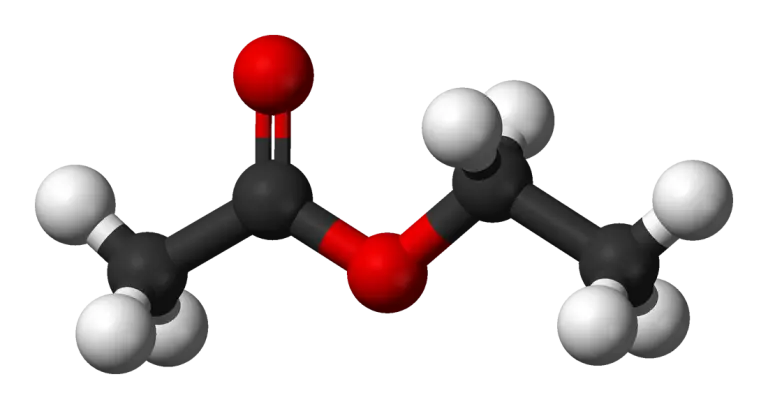What Is Calcium Carbonate? Applications, Benefits & How to Source It Right

30 June 2025
Table of Content
-
What Is Calcium Carbonate?
-
Industrial Applications
-
Key Benefits for Manufacturers
-
Types: Ground vs Precipitated Calcium Carbonate
-
How to Select the Right Grade
-
Sourcing Calcium Carbonate from Tradeasia
-
Conclusion and Call to Action
1. What Is Calcium Carbonate?
Calcium carbonate (CaCO₃) is a naturally occurring inorganic compound found in limestone, marble, and chalk. It is commonly used in its fine white powder form. Its wide applicability stems from its non-toxicity, chemical stability, and availability in both Ground Calcium Carbonate (GCC) and Precipitated Calcium Carbonate (PCC) forms.
According to Pubchem, calcium carbonate is favored due to its low abrasiveness, neutral pH, and compatibility with many chemical systems.
2. Industrial Applications
Calcium carbonate plays a vital role in many industrial sectors:
-
Plastics: Used as a filler to enhance stiffness and reduce production costs.
-
Paints & Coatings: Improves brightness and opacity.
-
Construction: Acts as a key ingredient in cement, asphalt, and building panels.
-
Pharmaceuticals: Used as a calcium supplement and antacid.
-
Agriculture: Used to adjust soil pH and as an animal feed additive.
-
Paper: Enhances smoothness, whiteness, and printability.
These applications make calcium carbonate one of the most widely consumed minerals globally.
3. Key Benefits for Manufacturers
-
Cost Efficiency: Acts as a low-cost filler, reducing reliance on expensive resins or additives.
-
Improved Processability: Enhances the processing behavior of thermoplastics and paints.
-
Eco-friendly: Naturally occurring, non-toxic, and recyclable.
-
High Brightness: Beneficial for printing and aesthetic finishes in paper and coatings.
4. Types: Ground vs Precipitated Calcium Carbonate
-
GCC (Ground Calcium Carbonate) is produced by grinding limestone. It offers high whiteness and is often used in construction and plastics.
-
PCC (Precipitated Calcium Carbonate) is synthetically processed for higher purity and controlled particle size—ideal for pharmaceuticals and high-performance applications.
Explore all calcium carbonate types, Tradeasia supplies both grades to meet varying industry needs,
5. How to Select the Right Grade
Choosing the appropriate form and grade depends on:
-
Particle size
-
Purity
-
Whiteness
-
Moisture content
For instance, PCC is better for pharma use, while GCC works well for bulk construction needs. Tradeasia’s technical consultants can guide you through selecting the optimal grade based on your use case.
6. Sourcing Calcium Carbonate from Tradeasia
Tradeasia International offers:
-
Consistent global supply from India, Vietnam, and Egypt
-
Flexible MOQ and bulk packaging options
-
Compliance with food-grade, pharma-grade, and industrial certifications
-
Dedicated support for COA, MSDS, Reach & RoHS documentation
you can check our quality calcium carbonate products anda availability in our pages.
7. Conclusion
Calcium carbonate continues to be a backbone material in manufacturing, offering a rare blend of performance, cost-effectiveness, and safety. From plastic to paper, it supports thousands of production lines daily. If you have questions related to that product you can contact us from here.



Leave a Comment